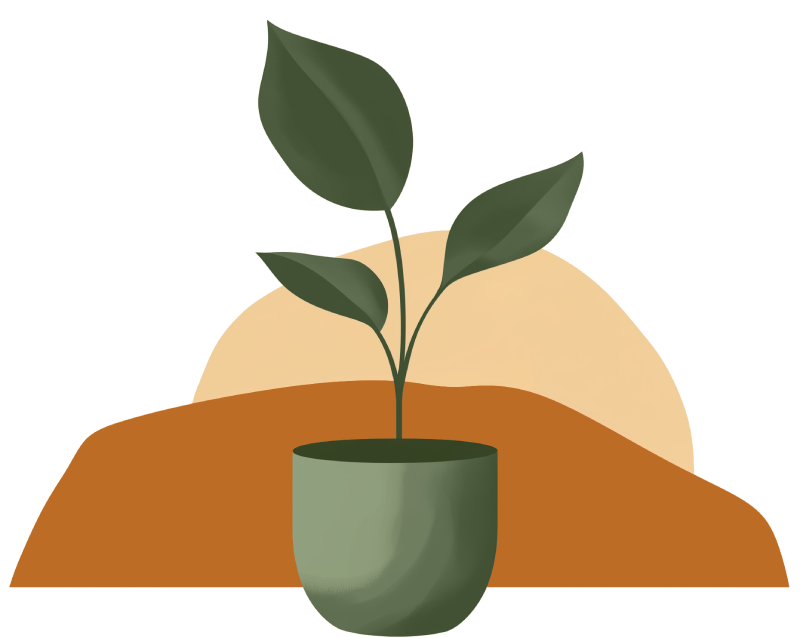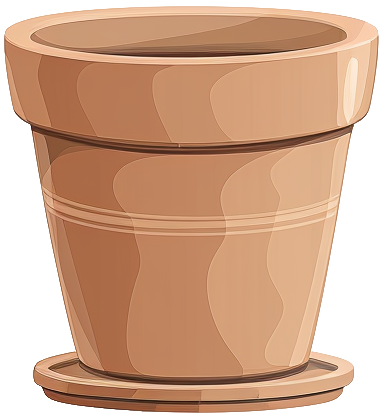- epipremnum
- aureum
- 'jessenia'

Have a picture we could use? Help us complete this page!
epipremnum aureum'jessenia'
Care level
Easy
Popularity
Popular
Variegation
Splashed pattern
Distinguished by its striking heart-shaped leaves featuring a beautiful mix of medium green and chartreuse splashes, making each leaf uniquely patterned. This slow-growing beauty is actually a mutation of the Marble Queen variety, but stands out with its distinctively warmer, lime-green variegation compared to its parent plant's lighter markings.
Care & maintenance
Light
Bright light, usually located near windows but doesn't receive direct rays for more than an hour during the day.
Temperature
Wide range (59°F - 89.6°F)
Fertilization frequency
Moderate
Monthly during the growing period.
Soil
Choose a Tropical plant mix: A rich, moisture-retentive blend with good aeration. Mimics the natural forest floor environment of tropical regions.
If you want to create your own substrate, you can make a mixture of the following soils:








Click on the soil name for more information.
Pot

Standard size
Prefer a pot with a classic width/depth ratio.
Incorrect or incomplete information?
In our goal of building the best plant database, we sometimes make mistakes or have incomplete information. You can help us fill these gaps!
Features
Size & growth
Large
Climbing
Rapid growth
This plant grows rapidly. It can reach 3 to 6 feet in height or spread.
It grows upwards by attaching to supports or winding around them.
Toxicity
| Cat | |||
|---|---|---|---|
| Dog | |||
| Human |
Reproduction & propagation
Fruits & flowers
Non-flowering & not self-pollinating
The epipremnum jessenia cannot produce flowers and therefore fruits.
This plant is not capable of self-pollination, it will not be able to produce fruits if it is not pollinated by another individual.
